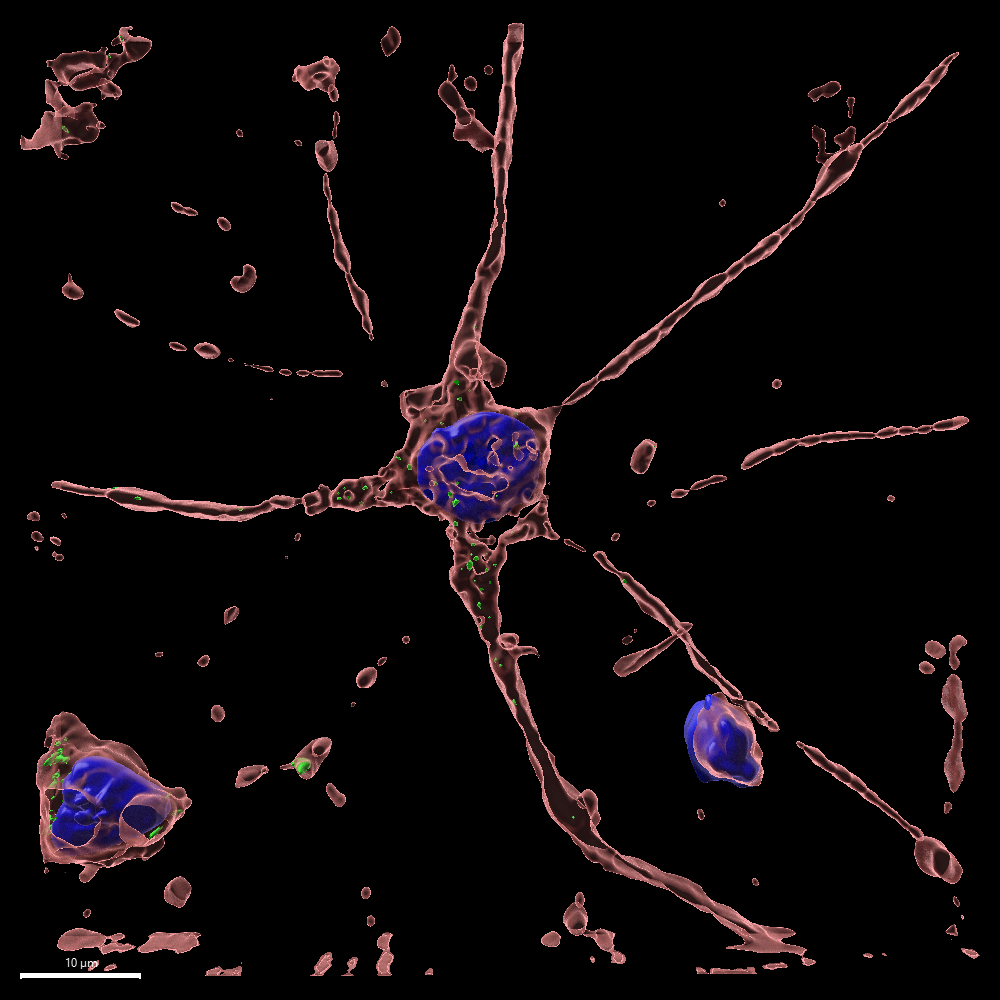Hepatitis E virus (HEV) primarily causes liver infections, but emerging evidence suggests that it can also affect other organs, including the nervous system, leading to a range of neurological disorders. Despite these observations, the underlying mechanisms by which HEV affects neuronal cells remain poorly understood. A research team led by Michelle Jagst and Professor Eike Steinmann from the Department of Molecular and Medical Virology at Ruhr University Bochum, in collaboration with Dr. Barbara Gisevius’ research group at Professor Ralf Gold’s Research Department of Neuroscience, has developed a cell model to investigate the interaction between HEV and neuronal cells. This model provides the first detailed study of how HEV infects neuronal cells and how the neurons respond to it. The results of the study indicate that HEV is capable of directly infecting neuronal cells and that these cells exhibit limited immune responses, rendering them susceptible to the virus.
HEV is globally prevalent but often remains undiagnosed, with a significant proportion of cases remaining asymptomatic. While data on the frequency of neurological involvement in HEV infections are scarce, studies suggest that a notable percentage (in some studies up to 11%) of individuals with neurological conditions, such as Guillain-Barré syndrome and neuralgic amyotrophy, exhibit evidence of HEV exposure, either through the presence of antibodies or active infection.
To explore the potential impact of HEV on the nervous system, the research team utilized a novel cell model that enables them to study viral interactions with induced primary neuronal cells. This model allows for the investigation of HEV infection in primary human neurons, which are derived from reprogrammed kidney cells excreted from the urine. The team demonstrated that HEV is able to infect neuronal cells directly. Furthermore, the infected neuronal cells displayed an impaired immune response to the virus, which suggests that these cells lack effective antiviral defenses against HEV.
The results suggest that the neurological effects of HEV may be due – at least in part – to a direct infection of the neuronal cells and not exclusively to other mechanisms such as an immune system response, although these may play an additional role. Additionally, the researchers observed that the neurites of the neurons were shorter following HEV inoculation, suggesting that the virus induces morphological changes that are consistent with those observed in other viral infections of the nervous system.
Future investigations will aim to further elucidate the interaction between HEV and neurons, with particular focus on comparing neuronal cells from healthy individuals with those from patients with HEV infection. This could provide additional insights into the cellular and molecular processes involved in HEV-associated neurological disorders.
Read the full article: Proc Natl Acad Sci U S A. 2024 Nov 19;121(47):e2411434121. DOI: 10.1073/pnas.2411434121

